Rocky Mountain Mule Deer
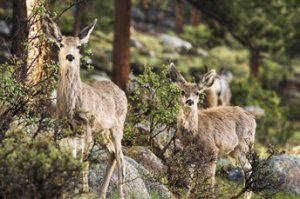 Mule deer browse in shrubby areas.
Mule deer browse in shrubby areas.
NPS
Mule deer are commonly seen browsing in open, shrubby areas between dusk and dawn. They browse shrubs, trees and occasional grasses and forbs and retreat to tree cover to bed down during the day. Studies from Specimen Mountain in the park indicated shrubs comprised 73 percent of the animal's diet, with broad-leafed herbs an additional 26 percent.
Mule Deer History
The first Estes Valley settlers in the early 1860's found a moderately abundant mule deer numbers. A growing population of people, predators and the often harsh elements took huge numbers of the animals. In 1895, according to one report, very few mule deer were seen in the Estes Park region and continued into the beginning of the twentieth century.
Mule deer became so scarce throughout Colorado that in 1913, a statewide hunting ban was put into effect. The dedication of Rocky Mountain National Park in 1915 and subsequent removal of wolves resulted in a dramatic increase int he mule deer population. in 1930, an estimated 2, 500 roamed the park.
Today several hundred mule deer reside in the park areas and their population is believed to be stable or increasing.
Mule deer play an important role in the wildlife food chain. They are the primary prey of mountain lions. Mule deer also can be taken by coyotes and bobcats. Unfortunately several also fall victim each year to a mechanized predator, the automobile.
You might also like
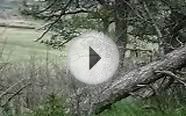
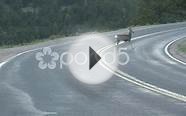

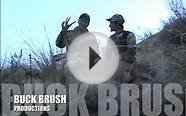
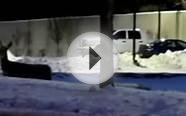
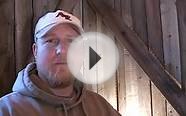
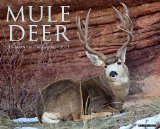
|
Mule Deer 2015 Wall Calendar Book (Willow Creek Calendars)
|
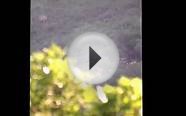
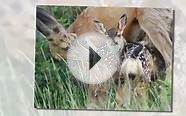





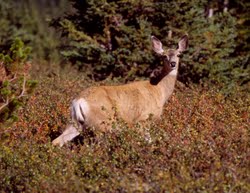 Eumetazoa
Eumetazoa